Circuit Breakers

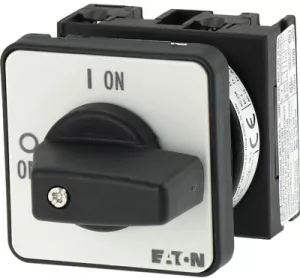
Order No.:
82P0152
Manufacturer SKU:
088709

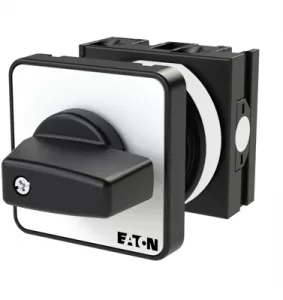
Order No.:
82P0153
Manufacturer SKU:
038854

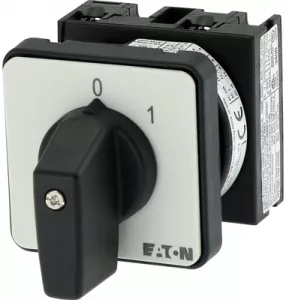
Order No.:
82P0154
Manufacturer SKU:
053092

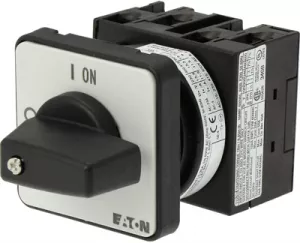
Order No.:
82P0155
Manufacturer SKU:
024639

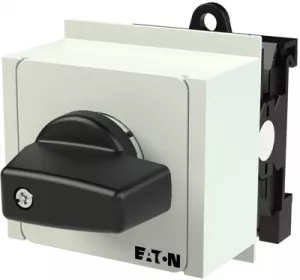
Order No.:
82P0156
Manufacturer SKU:
015147

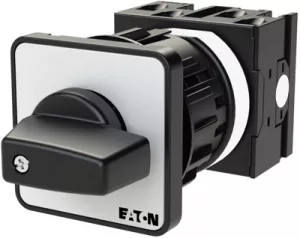
Order No.:
82P0157
Manufacturer SKU:
027012

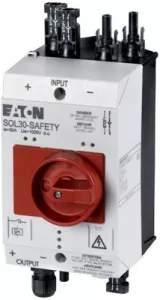
Order No.:
82P0176
Manufacturer SKU:
144122

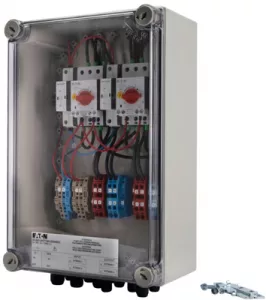
Order No.:
82P0177
Manufacturer SKU:
168099

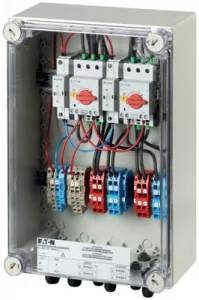
Order No.:
82P0178
Manufacturer SKU:
168098

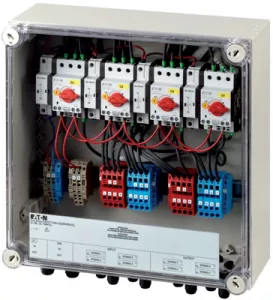
Order No.:
82P0179
Manufacturer SKU:
168102

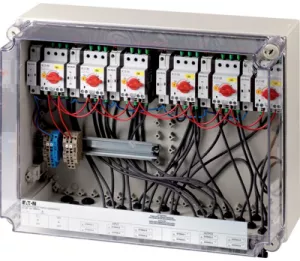
Order No.:
82P0180
Manufacturer SKU:
168104

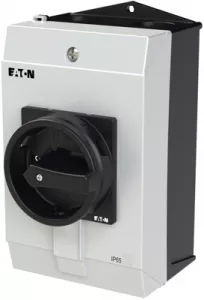
Order No.:
82P0222
Manufacturer SKU:
207294

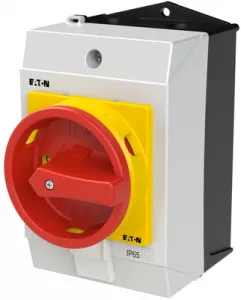
Order No.:
82P0223
Manufacturer SKU:
233987

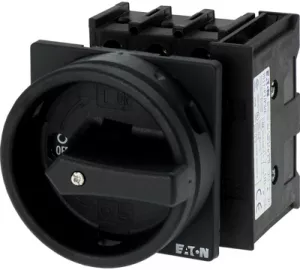
Order No.:
82P0228
Manufacturer SKU:
070194

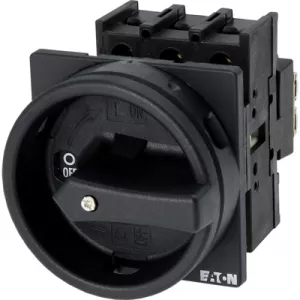
Order No.:
82P0229
Manufacturer SKU:
048365

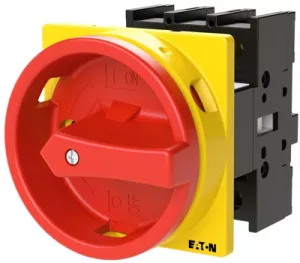
Order No.:
82P0230
Manufacturer SKU:
110197

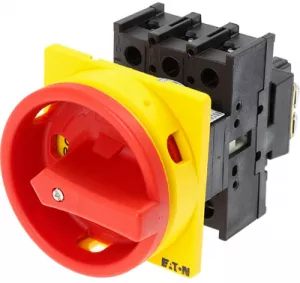
Order No.:
82P0231
Manufacturer SKU:
041097

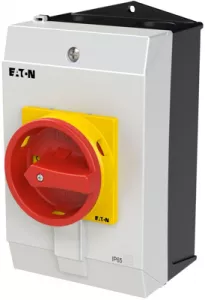
Order No.:
82P0234
Manufacturer SKU:
207318

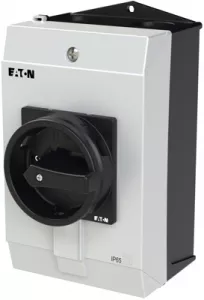
Order No.:
82P0235
Manufacturer SKU:
207316

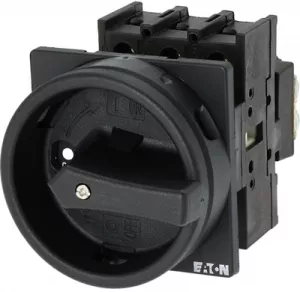
Order No.:
82P0241
Manufacturer SKU:
053111
Safety guaranteed: Functions and advantages of switch-disconnectors
Circuit breakers are used to protect electrical circuits by automatically switching off in the event of an overload or short circuit. They can be switched back on, eliminating the need for one-way fuses. Switch-disconnectors, on the other hand, specialize in safely isolating electrical circuits from the power supply.
Unlike circuit breakers, switch-disconnectors do not perform a protective function, but merely ensure safe isolation as well as prevention of accidental switch-on. Both electromechanical components are indispensable in electrical installations and in the energy sector, with circuit-breakers primarily ensuring the protection of installations, while switch-disconnectors are used for maintenance and repairs.